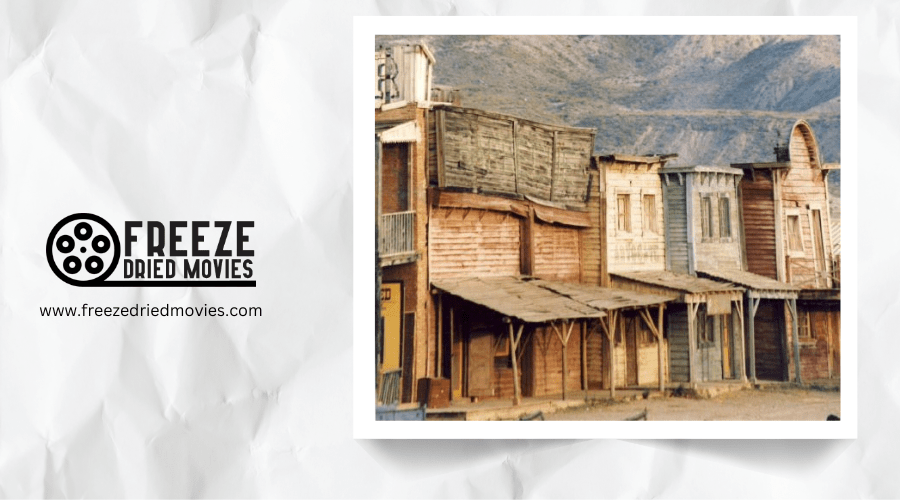How Spaghetti Westerns Conquered International Film Festivals

You've likely seen Clint Eastwood's squinting gunslinger, but have you considered how these dusty Italian westerns transformed cinema's global landscape? In the 1960s, what critics initially dismissed as low-budget imitations quietly stormed the world's most prestigious film festivals. These gritty, stylized films didn't just challenge Hollywood's western formula—they fundamentally altered how international audiences and critics viewed genre cinema. The unlikely journey from Rome's Cinecittà studios to Cannes' red carpet reveals a fascinating shift in cinematic power dynamics.
The Birth of a Genre: From Italian Studios to Global Screens
While Hollywood had dominated western films for decades, the 1960s witnessed an unexpected revolution from Italian soil. Sergio Leone's 1964 "A Fistful of Dollars" defined the spaghetti western genre with its distinctive style that challenged American traditions. These low-budget productions—shot across southern Italy and Spain—quickly captivated global audiences.
You'll recognize their hallmarks: Ennio Morricone's music with its haunting whistles and electric guitars, and Clint Eastwood's stoic "man with no name" character who redefined what a western hero could be. The genre's popularity exploded, resulting in over 600 European westerns produced between 1960-1978. Their gritty realism and morally ambiguous protagonists offered a fresh perspective that resonated at international film festivals, permanently altering cinema's landscape.
The liberation from the Hays Code enabled these films to portray a frontier with complex anti-heroes and unflinching violence that American productions couldn't match.
Sergio Leone and the Dollars Trilogy: Critical Reception Abroad
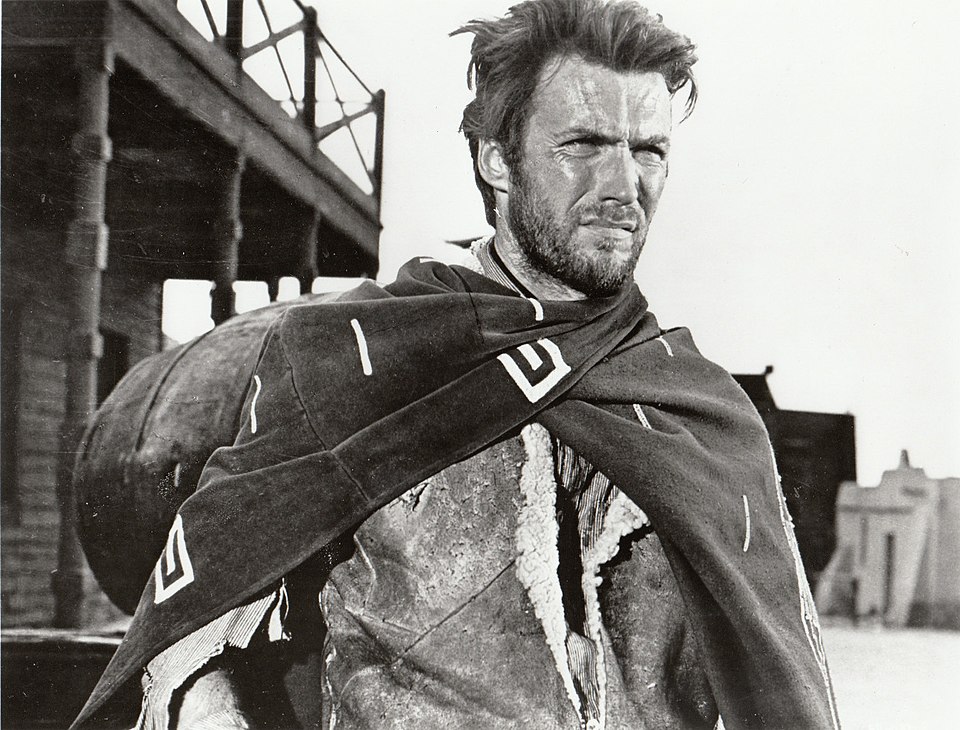
Despite its lackluster domestic debut, Sergio Leone's Dollars Trilogy would ultimately redefine cinema at international film festivals. "A Fistful of Dollars" (1964) emerged from obscurity following its German festival premiere, setting a pattern that would repeat with Leone's subsequent films.
"For a Few Dollars More" overcame initial skepticism at Cannes in 1965, gradually earning recognition for its innovative style and Morricone's haunting soundtrack. When "The Good, the Bad and the Ugly" screened at the 1967 Moscow Film Festival, international critics finally embraced Leone's visionary approach.
These festival appearances transformed the trilogy's fortunes, legitimizing the spaghetti Western genre globally. Leone's morally complex characters and distinctive visual language resonated with international audiences, elevating his status from Italian director to cinematic pioneer and opening doors for other European filmmakers to reimagine the Western. Leone's incorporation of chiaroscuro lighting techniques borrowed from German Expressionism added a unique visual aesthetic that distinguished his films from traditional American Westerns.
Beyond Leone: Other Directors Who Dazzled Festival Audiences
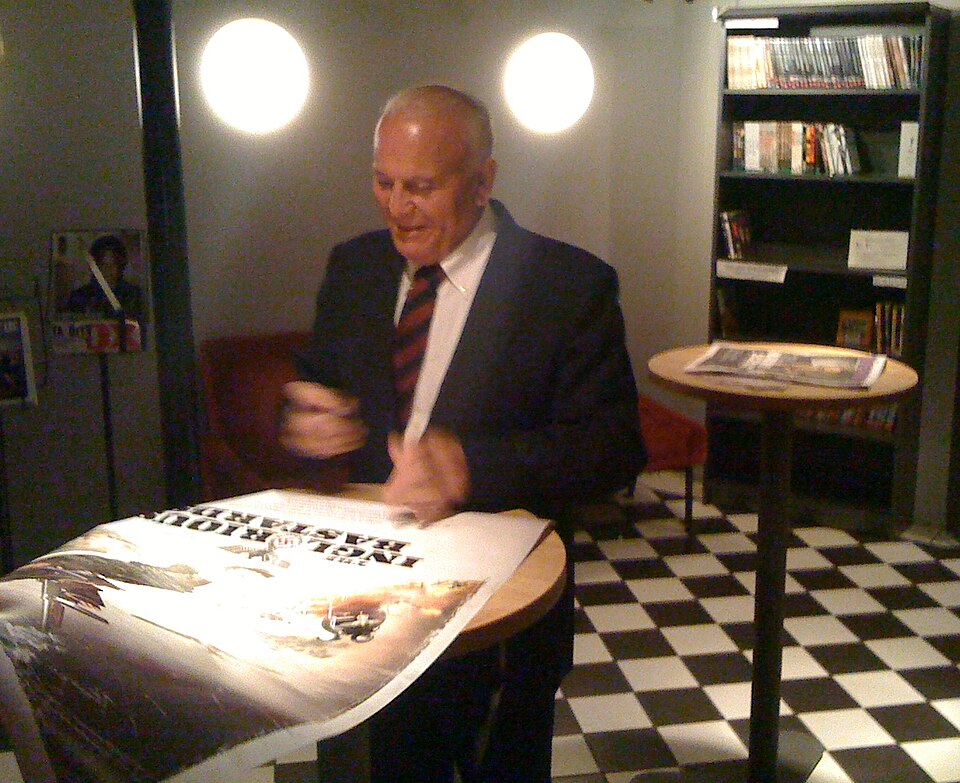
More details
Enzo G. Castellari signing Inglorious Bastards posters at FFF (http://www.fff.se) after the screening of said movie.
Leone's success at international film festivals sparked a renaissance of Italian Western filmmakers who brought their own distinctive visions to the genre. You'll find Sergio Corbucci's gritty, subversive narratives in "Django" and "The Great Silence" earned significant festival acclaim, pushing boundaries Leone hadn't touched.
Meanwhile, Duccio Tessari showcased innovative storytelling techniques in "A Pistol for Ringo" and its sequel, enthralling critics with his unique directorial style.
Sergio Sollima's films stood out for their morally complex character studies, with "The Big Gundown" and "Face to Face" resonating deeply with festival audiences. Beyond these three standouts, Enzo G. Castellari's stylish action sequences and Damiano Damiani's politically-charged commentary in "A Bullet for the General" demonstrated how the spaghetti western evolved into a sophisticated art form worthy of international recognition.
Much like the French New Wave directors who employed innovative techniques to achieve authenticity, these Italian filmmakers revolutionized the Western genre with their distinctive approaches to cinematography and narrative.
Cinematic Innovation: Why Film Critics Embraced the Genre
Although initially dismissed as mere Hollywood imitations, spaghetti Westerns quickly earned critical respect through their groundbreaking cinematic innovations. You'll notice how Sergio Leone's work revolutionized the genre with extreme wide shots that captured desolate landscapes while juxtaposing intimate close-ups of weathered faces.
Critics particularly responded to the haunting scores that became inseparable from the visual storytelling. These films challenged conventional editing rhythms, creating tension through deliberate pacing rather than rapid cuts.
What truly captivated festival programmers was how these films transcended simple entertainment, blending psychological drama with political allegory. The genre's moral ambiguity offered a sophisticated alternative to Hollywood's black-and-white heroism, while international co-productions demonstrated cinema's growing globalization—exactly the kind of boundary-pushing that serious film critics champion.
The Cannes Connection: Spaghetti Westerns at the French Riviera
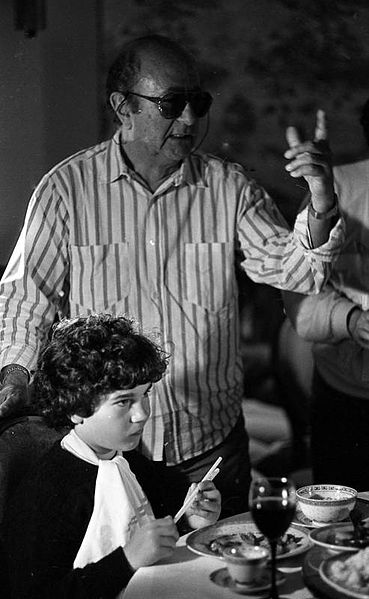
The Cannes Film Festival became the ultimate proving ground for spaghetti Westerns seeking international legitimacy. You'd find Sergio Leone's groundbreaking works like "A Fistful of Dollars" (1964) and "Once Upon a Time in the West" (1968) riveting elite festival audiences on the French Riviera.
Sergio Corbucci's "The Great Silence" premiered at Cannes in 1968, earning acclaim for its bleak, atmospheric approach. Meanwhile, Duccio Tessari introduced his unique style through "A Pistol for Ringo" and its sequel.
Sergio Sollima's morally complex Westerns "The Big Gundown" and "Face to Face" further showcased the genre's artistic merit at the prestigious festival. This Cannes exposure transformed these Italian Westerns from cult curiosities to globally respected cinema, cementing their place in film history.
Venice Film Festival: Celebrating Italian Cinema on Home Soil
While Cannes offered international recognition, it was the Venice Film Festival that truly embraced spaghetti Westerns as a celebration of national cinematic achievement. When Sergio Leone's "A Fistful of Dollars" premiered at Venice in 1964, you could sense a shift in how Italian cinema was perceived globally.
Venice provided a prestigious home stage where directors like Corbucci and Sollima showcased their distinctive takes on the Western genre. The festival's international juries consistently acknowledged the artistic merit of these films, validating spaghetti Westerns as more than mere entertainment.
This recognition at Venice proved pivotal in establishing Italy as a filmmaking powerhouse during the 1960s and 1970s. The festival's commitment to celebrating these uniquely Italian interpretations of American frontier mythology helped spaghetti Westerns achieve the cultural legitimacy they deserved.
The Cultural Impact: How Spaghetti Westerns Changed Festival Programming
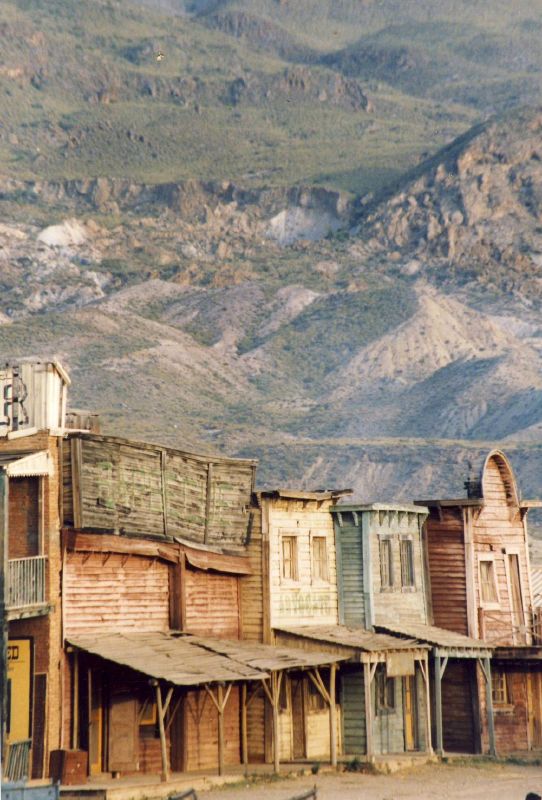
More details
Set of The Good, the Bad and the Ugly with the distinctive rugged terrain in the background.
Three distinct shifts marked the cultural landscape when spaghetti Westerns stormed international film festivals in the 1960s. These Italian-made films forced festivals to broaden their horizons beyond traditional Hollywood fare, forever changing programming strategies.
When you examine their impact, you'll notice:
- Festivals expanded their selection criteria, embracing foreign genre films they'd previously overlooked
- Sergio Leone's morally complex narratives sparked critical debates, elevating Westerns from mere entertainment to artistic statements
- The commercial success of films like "The Good, the Bad and the Ugly" proved international audiences craved fresh perspectives
- Directors previously excluded from prestigious events became festival darlings, diversifying the creative voices represented
This transformation wasn't temporary—it permanently reshaped how international film festivals approached genre cinema and cultural diversity.



